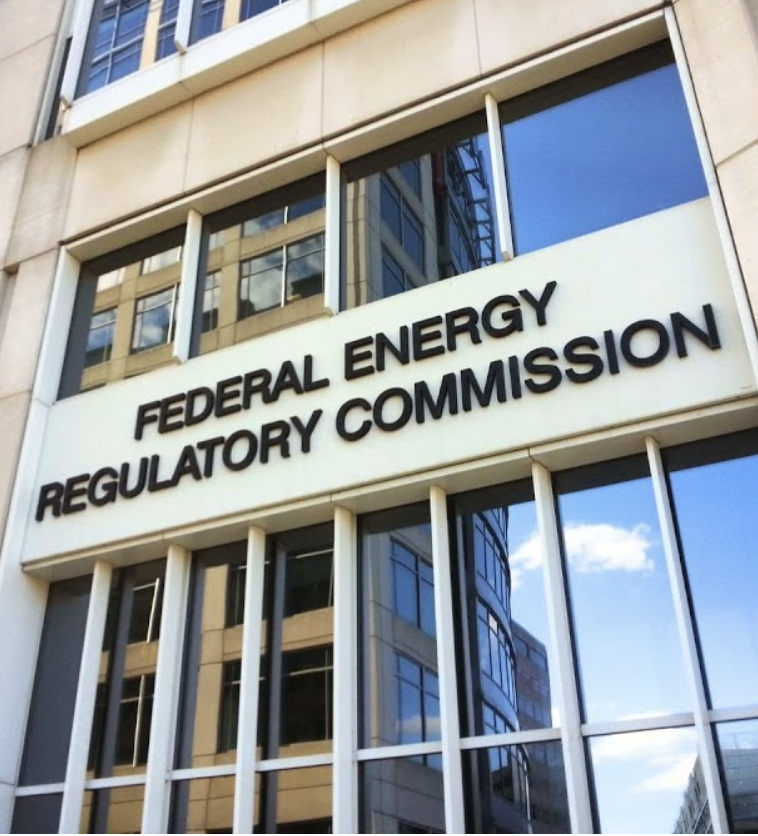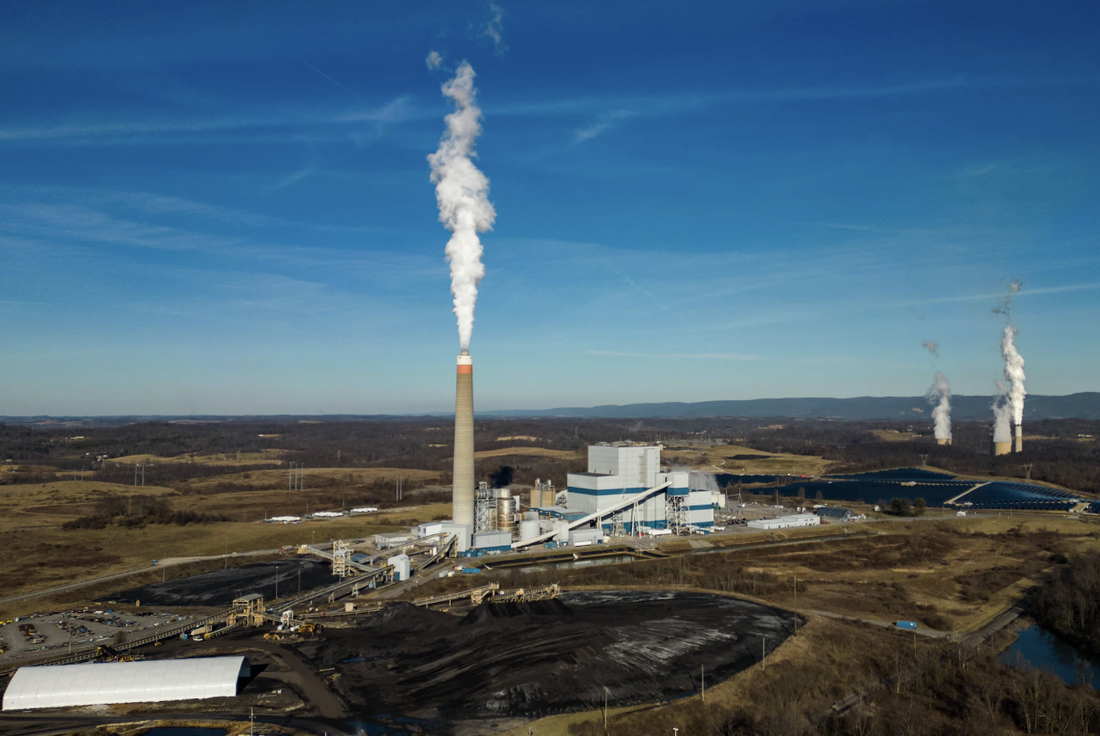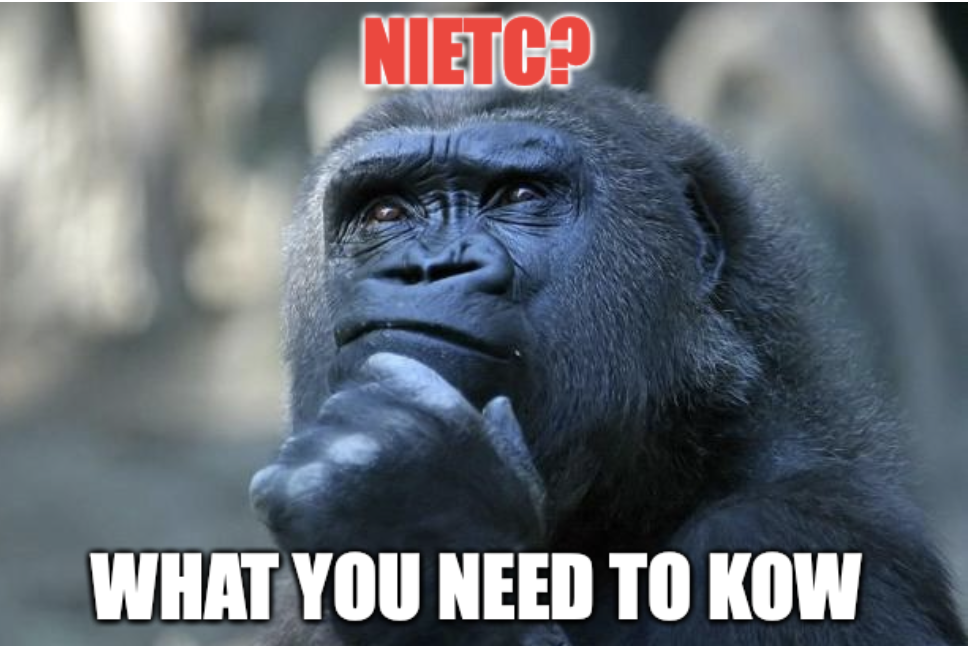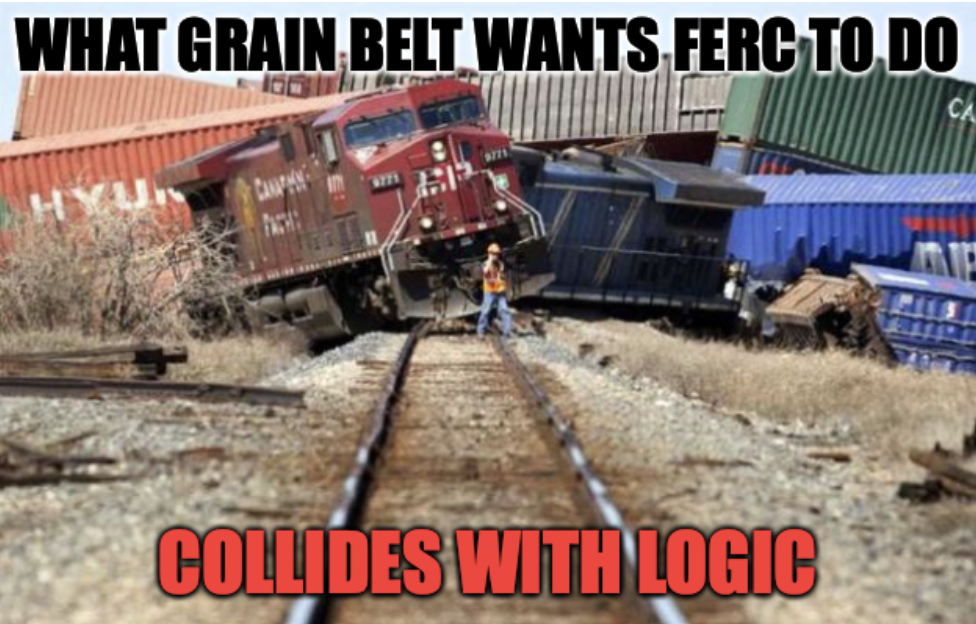Both of these rulemakings have taken years to get to this point. As you may know, rulemakings are public participation proceedings where the agency proposes a new rule, accepts comments from the public, and then issues a final rule. The transmission planning rulemaking began in 2019 -- 5 years ago! Five years to get a new rule in place isn't uncommon... things move at a glacial pace at FERC. In addition, FERC's commissioners have come and gone over that time period, making FERC flip-flop on several different new rule proposals. The transmission permitting rulemaking hasn't been in the works for as long, but it is going to have a profound impact on landowners so unlucky as to be targeted for new transmission projects.
First, the transmission planning rulemaking. This is all the media has been talking about. Fans of doubling or tripling transmission lines to ostensibly connect remote wind and solar generators are chomping at the bit, convinced that it will finally make intermittent renewables viable. That proposed rule contains, among other provisions, a plan to prospectively build new transmission to remote "zones" where some unnamed authority believes new wind and solar can be built. This would shift the cost of transmission to connect renewables from the owner of the generator to ratepayers across the regions connected. As it has been for years, the owner of a new generator must pay the costs of connecting its new generator. These companies want to shift this cost burden to ratepayers. If a generator has to pay for its own connection, it makes economic choices about where to site new generation in order to build at the most economic sites. If we're paying, generators can build stuff anywhere, even if it doesn't make economic sense, and stick electric consumers with the bill.
Another thing the transmission planning rule is going to do is create some hypothetical list of "benefits" from new transmission in order to spread the cost allocation as wide as possible. Even if you don't "need" transmission for reliability or economic reasons, if the transmission owner makes up some hypothetical "benefits" for you, then you're going to be charged for it. The idea is to spread the trillions of dollars needed for new transmission as wide as possible in the hope that if everyone pays a little that nobody will notice how their money is being wasted building transmission that they don't need.
Finally, the transmission rule will require planning authorities, like PJM or MISO, to plan transmission on a rolling 20-year timeline. What are you going to need 20 years from now? You have no idea, and neither does the planner. By planning so far into the future, the idea is to drive generation choices through transmission planning, and not to plan the transmission system based on need. It will also attempt to roll state and federal "public policies" into transmission planning so that we all pay a share of other state energy policy choices. Is Maryland shutting down all its gas-fired generation? You're going to pay for new transmission to replace it, even though you don't live in Maryland and had no say in the creation of their energy policies.
The transmission planning rule will be prospective only and will not affect any transmission already included in regional plans. After this rule is issued, planners will have to submit what are known as compliance filings, which detail how the planner will adjust its rules to carry out the new transmission planning process FERC orders. In addition, I fully expect that this rule will be litigated for several more years, which is going to hold the whole thing up.
Now onto the Transmission Permitting rule, which is something that is going to impact anyone currently battling unwanted transmission, and anyone doing so in the future. As you probably know, the U.S. Department of Energy is poised to release its preliminary list of potential NIETCs at any time. That's a whole battle unto itself that I'm not going to cover here, but if a corridor is designated in your area, it means that one or more proposed transmission projects may be built in that corridor. A transmission project sited in a NIETC is subject to "backstop" permitting by FERC. If a state has no authority to permit transmission, or denies a permit to a project in a NIETC, then it can be bumped to FERC for permitting. FERC will require the transmission company to file an application and then will hold a full-blown permitting process very similar to the state process. If FERC permits the project, then FERC has authority to say where it goes and to grant the utility building it federal eminent domain authority to take property for it.
In FERC's rulemaking on transmission permitting, it proposed that a utility could begin the FERC process as soon as an application is filed at the state level. This would mean that there will be TWO simultaneous permitting processes going on at the same time. Two permitting cases, two interventions, two sets of lawyers, double your time and double your money. The drawback here is that the FERC process may not even be necessary if the state approves the project in its own permitting process. If a state approves, FERC doesn't have jurisdiction to get involved. FERC said that it needed to speed up this process by running its own permitting process at the same time as the state process. It's foolish and a waste of our time and money. Let's see what FERC does with this as it was widely panned by those who commented on this rulemaking.
Another horrible idea in FERC's proposal is an "Applicant Code of Conduct" to meet the statutory requirement for "...good faith efforts to engage with landowners and other stakeholders early in the applicable permitting process." FERC proposes a voluntary, generalized, unenforceable "Code" that does little to protect landowners. The "Code" is merely an idea of how a company should behave, not how it will behave. FERC does not plan to enforce it, or intervene when landowners report violations. The landowner should report violations to the company! Don't laugh... they're serious! FERC's proposed "Code" advises that the company should "avoid" coercive tactics, but it doesn't prohibit them. That does NOTHING to meet the statutory requirement. It's a big joke!
The new transmission permitting rule will become operational once it is issued. Many readers will be subject to this government-sponsored landowner abuse immediately. This is one you should not ignore!
Over the years, I have worked with a large group of transmission opponents from across the country to file extensive comments on both of these rulemakings on behalf of impacted landowners. In particular, you should read our comments about the transmission permitting rule to familiarize yourself with what's about to happen to landowners.
| impacted_landowner_comments.pdf |
You don't need to sign up in advance... simply click the link to view when the meeting starts. You can find that link and minimal information about this special meeting at FERC's website.




 RSS Feed
RSS Feed